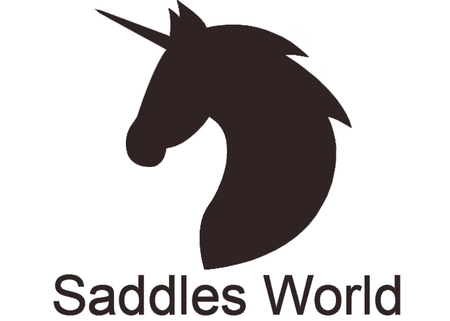Introduction
The world of equestrianism revolves around the partnership between horse and rider, where communication and harmony are paramount. At the heart of this connection lies a crucial component: the horse saddle. A well-designed saddle not only enhances the riding experience for the rider but also ensures the comfort and well-being of the horse. In this comprehensive guide, we will delve into the various parts that make up a horse saddle and understand how each part contributes to creating a comfortable and effective riding experience.
- Saddle Tree: The Backbone of Comfort
At the core of any saddle is the saddle tree, a structural framework that defines its shape and strength. Saddle trees can be crafted from various materials such as wood, fiberglass, and modern composites. The choice of saddle tree significantly influences weight distribution, stability, and balance. A well-fitted saddle tree provides a foundation for optimal rider and horse interaction.
- Seat and Cantle: Where Rider Meets Saddle
The saddle's seat and cantle are the primary contact points for the rider. The seat's size and shape play a crucial role in determining rider comfort and balance. Additionally, the cantle contributes to the rider's security, particularly during various riding styles such as jumping or trail riding. Choosing a saddle with the right seat and cantle dimensions ensures a comfortable and secure ride.
- Stirrups and Stirrup Leathers: Finding the Perfect Length
Stirrups are more than just footholds; they are essential for maintaining rider balance, aiding control, and providing a stable base. The appropriate stirrup length varies based on the rider's height and the riding discipline. Accompanying the stirrups are stirrup leathers, which contribute to stability and help maintain proper leg position, promoting effective communication between rider and horse.
- Gullet and Channel: Ensuring Horse Comfort
The gullet, a groove running along the length of the saddle's underside, serves a critical purpose in preventing pressure on the horse's spine. A well-defined channel also provides spinal clearance, ensuring the horse's comfort during rides. Measuring the gullet width accurately is crucial to avoid discomfort and potential health issues for the horse.
- Panel and Padding: Comfort for Horse and Rider
Saddle panels, located beneath the seat, distribute the rider's weight and pressure across the horse's back. The choice of panel material, such as foam, wool, or air, has a direct impact on the horse's comfort. Balancing the need for padding is essential to ensure the well-being of both horse and rider during extended rides.
- Flaps and Billets: Connecting Rider and Horse
Saddle flaps serve as a connection point between the rider's leg and the horse's side. Various flap designs, such as mono flap or double flap, cater to different riding styles and preferences. Billets, straps attached to the saddle's tree, play a critical role in securing the saddle in place. Proper positioning of flaps and billets ensures effective communication between rider and horse.
- Girth and Girth Straps: Keeping the Saddle in Place
The girth, a strap that encircles the horse's barrel, prevents saddle movement during rides. Different types of girths, including leather, synthetic, and anatomical options, cater to different horse and rider needs. Adjusting girth tightness is vital to ensure both horse comfort and rider stability, enhancing the overall riding experience.
- Caring for Your Saddle: Maintenance and Longevity
To ensure the longevity of your saddle and the safety of both horse and rider, regular maintenance is essential. Cleaning and conditioning leather saddles keep them supple and prevent deterioration. Proper storage helps prevent warping and damage. Regular checks for wear and tear on saddle parts contribute to a safe and enjoyable riding experience.
Conclusion
The world of horse riding is a delicate dance of communication and trust between rider and horse. A well-fitted and properly designed saddle acts as a bridge between these two beings, facilitating a harmonious partnership. By understanding the intricate parts that compose a horse saddle, riders can make informed choices that not only enhance their comfort but also prioritize the well-being of their equine companions. So, whether you're a casual rider or a seasoned equestrian, investing in a saddle that caters to both rider and horse needs is an essential step towards an enriched riding journey.






